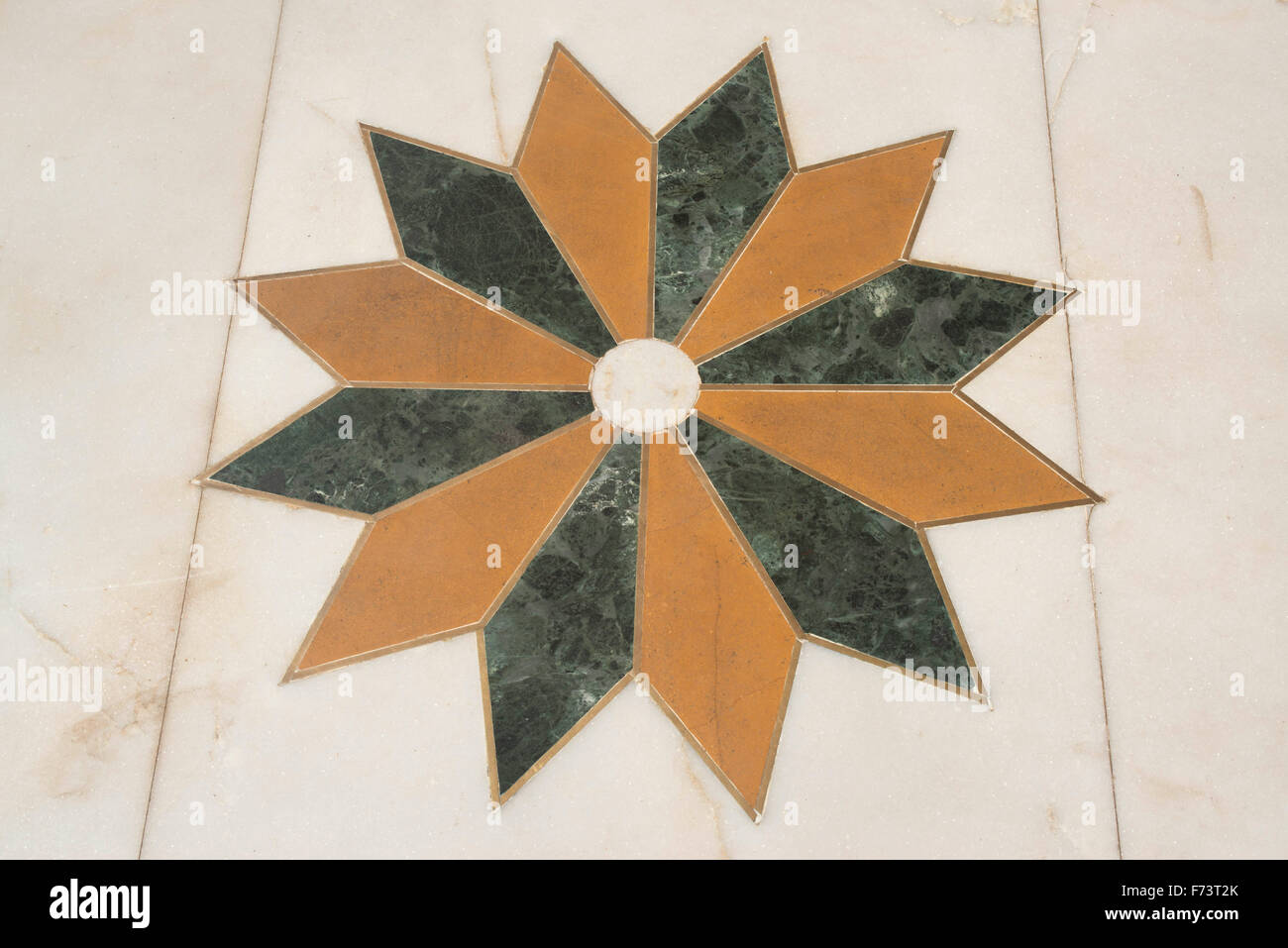Table Of Content

In Japanese culture, moss is revered for its ability to create a serene atmosphere and evoke a sense of timelessness. Its soft, velvety texture and vibrant green hues have a soothing effect on the senses, making it a beloved element in traditional Japanese gardens. In addition to its captivating foliage, the Japanese Maple’s graceful form adds an elegant touch to any garden space. With its low-spreading branches and delicate structure, it creates a sense of tranquility and balance.
Swiss chalet decorating style you need to see to Believe
They are ideal to reconnect with one’s Zen and find tranquility in the lap of nature. Rake the sand to keep the patterns crisp, pick up stray leaves, and occasionally weed your garden. For a mystical garden, plant wisterias in shades of blue, pink, white, and purple. Create floral canopies with them or allow the plant to climb onto fences or stone walls, trellises, benches, and even arched entryways.
Add Textural Contrast
Do not use any colourful rock as it will reduce the subtleness of the natural rock. To create an harmony scene, we usually find a combination of odd number of rock i.e. 3, 5 or 7. When the three rocks formation is used, the tallest represents heaven, the shortest represents earth while the medium refers to human being.
Intentional use of negative space
A low stone wall surrounds the rock garden at Ryoanji on three sides, blocking the view of the streets and sidewalks. On snowy winter day, my sister and I were enjoying tea at Ryoanji, a temple just down the road from where I worked. As the snow gently covered the famous rock garden, we sensed the contemplative energy of the millions of people who had been there over the centuries. Plant amongst stone walls, or at the sides of borders to welcome their vibrant tones of green to your plot. They look especially striking amongst mossy areas – another classic choice for Japanese-inspired spaces.
Bamboo
In terms of furniture, Japanese design is based on clean lines and an uncluttered aesthetic, and this applies to the garden too. Choose the best garden furniture like elegant seats that are low level, modern in design and made of natural wood. Colours are best taken from a simple tonal palette that’s chosen from nature. Within your garden create a pavilion for enjoying moments of stillness. One easy way is to style up a raised deck area or pergola with traditional natural tatami floor mats for an oriental feel that's perfect for rest and relaxation.

Incorporating more decorative rock into your garden means you’ll need fewer plants to fill the area (and you’ll be saving yourself future maintenance!). Choose a few favorites to invest in, and refer to Kohei’s recommendations above to ensure your plants are able to thrive in a drier climate. You may want to choose at least one central boulder that you really love, and it may be worth spending a bit more on it. Other boulders can be smaller and more budget-friendly if you desire. Think of them as islands in your garden ocean, using both high and low-profile boulders in sets of 3 or 5. Make sure you are certain about where you want them to be – it’s a lot harder to move them later!
Let your natural surroundings inspire and guide you as you create. Capture this concept, and you’ll be on your way to understanding the principles behind Japanese landscaping. We could all use a little more Zen, especially here in Southern California where we often experience a hectic pace of life. It’s no wonder that Japanese-style Zen Gardens are becoming increasingly popular. We all crave peace and simplicity, and more and more of us are finding it in our own backyards. Traditionally Toro is used mostly in Buddhist temples to illuminate the pathway.
30 English Gardens To Visit - Design Ideas for English Gardens - House Beautiful
30 English Gardens To Visit - Design Ideas for English Gardens.
Posted: Sun, 30 Apr 2023 07:00:00 GMT [source]
Get creative with moss
Personalizing your garden allows you to create a space that truly feels like your own. In autumn, when the Japanese maple leaves turn, expect foliage fireworks from red to orange and butter yellow. Flowers, when they do feature in Japanese gardens, are often transient and all the more beautiful for it, with bursts of bold colours set against the backdrop of verdant greens.
Use stones and boulders to create a natural look
A Every landscape small or large has a unique characteristics that we must contend to when designing. So, every garden has it's unique character when we design a garden for a small corridor or designing for a large landscape. Choose from our traditional garden design to more modern contemporary Japanese design, we assist you through the process every step of the way, incorporating your design concept. Now that you have chosen a water feature, you can plan other elements around it. Make sure to incorporate pathways to connect all your elements, and use spray paint to mark out where your boulders will be. For example, Kohei makes Southern California-friendly plant choices throughout his Zen Garden installations (Keep reading for a detailed list of his favorites).
It will bring a touch of color to the scene, whilst its gentle sway in the breeze will enhance the feelings of Zen. Discover the enchanting art of Bonsai Viewing Stones (Suiseki). Experience the timeless charm and tranquility they offer, as windows into a world of natural wonder.
The vegetation is mostly green and brown, with landscape features in proportion to their surroundings. Rather than fill a plot of land with grown, store-bought vegetation, start with bulbs and seedlings. As the garden approaches maturity, maintain the space as part of your daily or weekly routine, and add elements as they make sense. Become one with the garden and, by extension, the nature it represents.

As mentioned, this often crosses into the realms of symbolism, with features like rocks and moss representing larger parts of the natural world, such as mountains, islands, or forests. When designing a Japanese garden, it’s essential to consider the climate and location of your garden. Not all plants and elements used in traditional Japanese gardens may be suitable for your specific climate. It’s important to choose plants and materials that can thrive in your local environment.
Think cherry blossom in spring, vibrant blooms from a camellia or azalea, or the fiery leaves of maple trees in autumn. Negative space, or empty space, plays a crucial role in Japanese garden design. It is intentionally left unoccupied to create a sense of balance and harmony. Negative space provides a place for the eye to rest and appreciate the beauty of the garden. It also helps to emphasize the carefully arranged elements and create a sense of tranquility.
Layer gravel, sand, river pebbles, and larger stones to add depth and visual interest. Enhance the ambiance with carefully selected plants, trees, and shrubs to complete the landscaped garden. One of the remarkable qualities of moss is its adaptability to various growing conditions, including shaded and damp areas.












